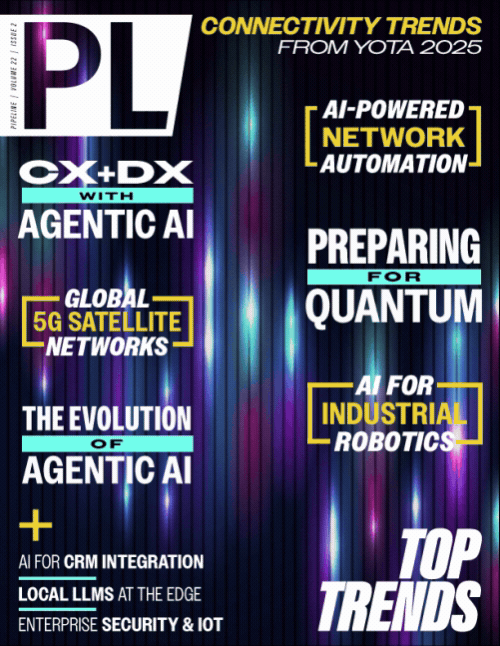News Center
WiMi Announces Multi-View Representation Learning AlgorithmWiMi Announced Multi-View Representation Learning Algorithm for Data Stream ClusteringWiMi Hologram Cloud announced that a multi-view representation learning algorithm is to deal with the data stream clustering problem. The multi-view representation learning algorithm can provide an effective solution to the data stream clustering problem. The multi-view representation learning algorithm is a method of learning and fusing data from multiple views to obtain a more comprehensive representation. In data stream clustering, multiple views can be used to represent different aspects of the data stream, such as time series view, spatial view, etc., and each view can provide different information. By learning the features of each view, the potential patterns and structures of the data are discovered and fused to improve the accuracy and stability of data stream clustering for better understanding and analyzing the data stream. Currently, multi-view representation learning algorithms have been widely used and their prospects are very promising. For example, in the financial field, it can be used for customer segmentation and so on. In the medical field, it can be used for disease diagnosis, patient monitoring, etc. In the field of e-commerce, it can be used for user behavior analysis, product recommendation and so on. The multi-view representation learning algorithm is able to synthesize information from multiple views to provide a more comprehensive description of the data. Different views provide different features and perspectives, and by combining them, a more accurate and comprehensive representation of the data can be obtained. Since the multi-view representation learning algorithm can utilize information from multiple views, it can provide a richer representation of the data. By fusing multiple views, the algorithm can capture more details and correlations in the data, thus improving the data representation. Multi-view representation learning algorithms can effectively improve the clustering performance of data. By synthesizing information from multiple views, the algorithm can reduce the shortcomings of individual views and improve the accuracy and stability of clustering as a whole. The multi-view representation learning algorithm can better handle noise and outliers in the data, making the clustering results more reliable. The multi-view representation learning algorithm can adapt to different types of data. Since different views can contain different types of features, the multi-view representation learning algorithm can flexibly handle situations with different data types. This makes the algorithm more versatile and adaptable when dealing with multiple data. It can be seen that multi-view representation learning algorithms have the advantages of synthesizing multi-view information, enhancing data representation, improving clustering performance and adapting to different data types. These advantages make multi-view representation learning algorithms have the potential to be widely used in data clustering tasks. The dataset, including data from multiple views, is first collected. Pre-processing the data, including data cleaning, feature extraction, and data transformation. Then the data is learned using the multi-view representation learning algorithm to obtain multiple-view representations of the data. The learned multiple views are then clustered to obtain multiple clustering results. The multiple clustering results are integrated to get the final clustering results. The multi-view representation learning algorithm can be categorized into matrix decomposition-based methods, deep learning-based methods, graph-based methods, etc. Matrix decomposition-based methods can represent multiple views of the data as a matrix, and then use matrix decomposition to learn the data. Deep learning-based methods can utilize models such as deep neural networks to learn the data and get a more accurate representation. Graph-based methods can utilize the ideas of graph theory to learn from the data and get a more comprehensive representation. The multi-view representation learning algorithm can effectively deal with the data stream clustering problem by jointly learning multiple-view representations and combining them with traditional clustering algorithms. Its core idea is to utilize the information provided by different views to capture the intrinsic structure of the data so as to improve the accuracy and stability of clustering. In the future, with the continuous development of big data and artificial intelligence technology, the multi-view representation learning algorithm will be applied in more fields. Meanwhile, with the continuous optimization and improvement of the algorithm, its accuracy will be further improved. Source: WiMi Hologram Cloud media announcement | |

















